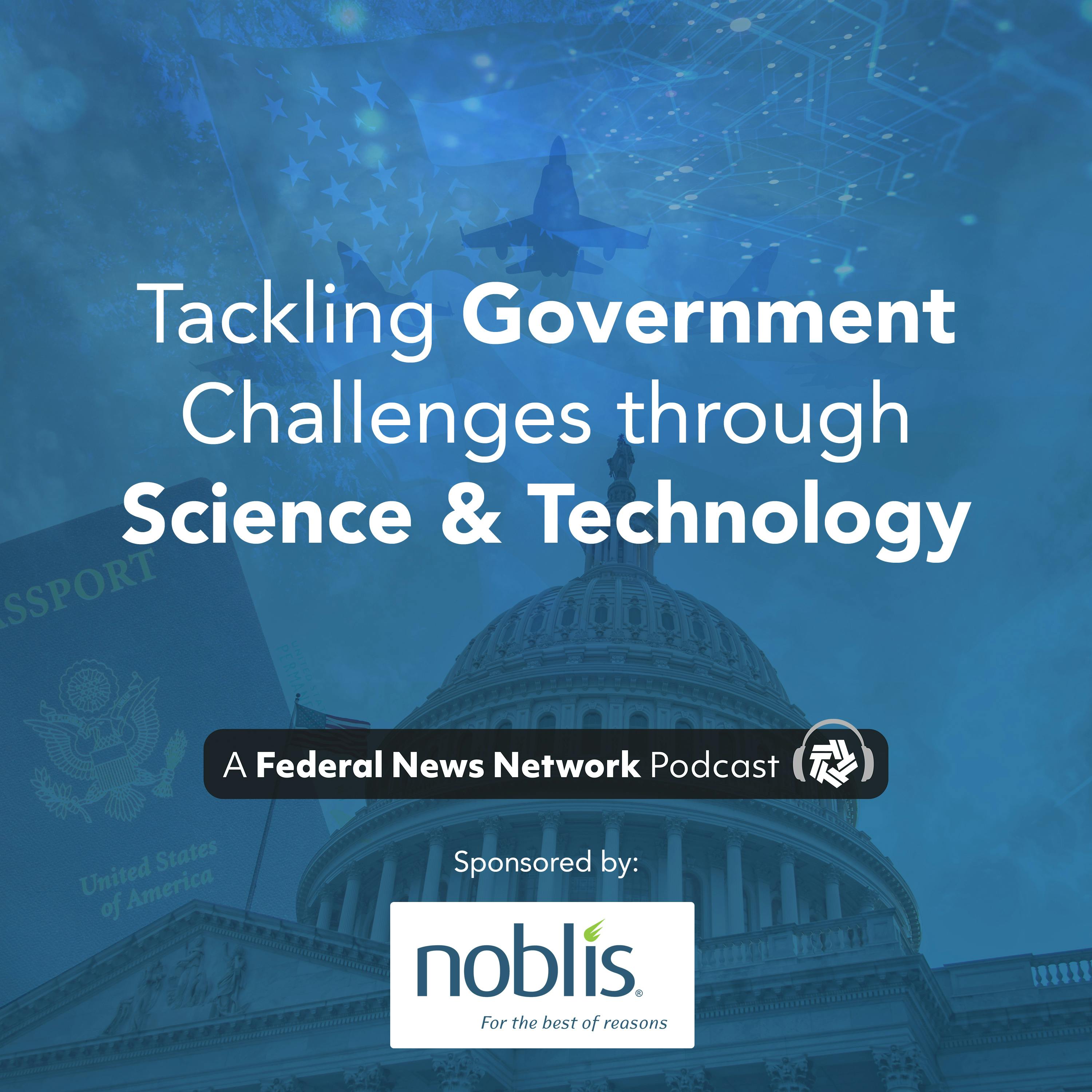Episodes
Published 01/17/24
Technology for detecting and identifying molecular health hazards grows less expensive and more portable. The large data sets it generates requires investment in IT. The knowledge it throws off requires investments in people.
Published 01/17/24
With a process digital twin, you can feed data from an actual process to the twin to model what-if scenarios in real time. Learn how this works and potential uses during the latest Tackling Government Challenges Through Science and Technology podcast.
Published 11/29/23
Published 07/25/23
The Homeland Security Department’s 22 operating divisions deal with a world that’s changing both rapidly and non-linearly. Dr. Dimitri Kusnezov, DHS’s undersecretary for science and technology, said his directorate “also has to provide some clarity into whether tomorrow is going to be different. And, whether the models we have today in how we approach everything we do, scale to where the world is going.”
Published 07/12/23
The Advanced Research Projects Agency for Health, or ARPA-H, is barely a year old and still in its infancy. But one with a big agenda, and an initial budget of $2.5 billion to back it up.
Published 04/21/23
As autonomous and remotely piloted aircraft, along with personal air taxis, join traditional commercial aircraft in our skies, NASA — along with FAA — is working on a system of systems that will eventually replace current air traffic control.
Published 03/31/23
Published 02/16/23
Published 01/12/23
Published 10/24/22
Published 04/12/22
Published 03/16/22
Artificial intelligence can augment agency teams and help solve complex problems. But there’s a set of must-dos before you start. The Federal Drive’s Tom Temin talks to government and industry experts to understand AI planning best practices in part 1 of this discussion.
Published 02/16/22
Neither drones nor autonomous ships, unmanned surface vessels, or USVs, will form an important part of the Navy’s strategy of expanding its fleet in a way that’s lower cost, relative to manned ships, and more agile.
Published 01/12/22


